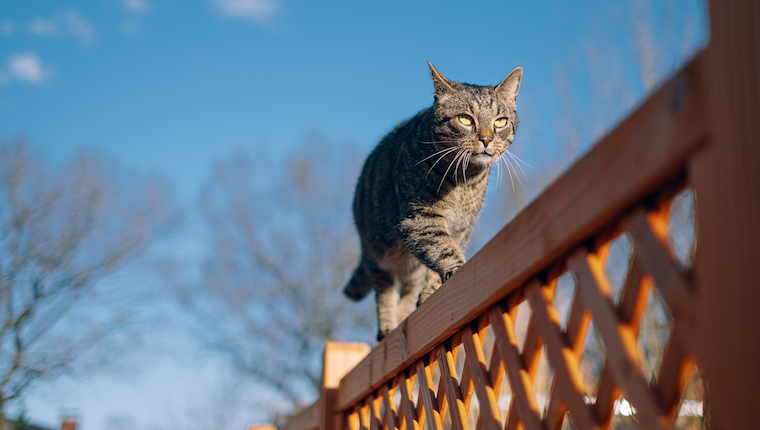In recent years, the public awareness of the feral cat crisis has grown. There are an estimated 60-160 million feral cats in the U.S. alone – even the lower end of that scale is astounding. And while it’s easy to empathize with them, they’re very harmful. Feral cats are the cause of at least 63 species extinctions, according to a 2016 analysis of invasive species impacts. A 2013 study by the U.S. Fish and Wildlife Service and the Smithsonian Conservation Biology Institute found that free-ranging cats are the single largest human-caused threat to wildlife, killing billions of birds and small mammals yearly. Feral cats also carry toxoplasmosis, a parasite deadly to those who are pregnant or immunocompromised. Now, it looks like Los Angeles is one of the worst offenders regarding cat populations ballooning out of control.
A Place To Live for Millions — Of Cats
Los Angeles, California is regarded as a beautiful, interesting place to live and visit. But experts say the city hides millions of tenants — feral cats. “A lot of people are like, ‘I had no idea,’” said Esmerelda Alvarez, a longtime cat rescue worker. “And it makes sense. Cats come out at night, and if you’re not looking for them, you won’t really notice them. Cats can have three or four litters a year and each litter can be anywhere from four to eight kittens. It’s just massive.” The City of Angels makes a good home for cats due to a warm climate and lots of accessible food waste. But why has the population grown so large? A lawsuit a decade ago barred Los Angeles from participating in a “Trap-Neuter-Return” program, leaving volunteers to pick up the slack. While not a complete solution, TNR often helps reduce feral cat colony numbers.
Helping Local Feral Cats
Whether you’ve seen them or not, your community is very likely also home to feral cats. Within seven years, one single pair of unfixed cats and their offspring can produce up to 420,000 kittens (through generations). That means that a single pair of cats introduced to your area can very quickly become lots and lots of cats. Keep your own cats indoors, particularly if unfixed, to prevent them from interbreeding with other wandering felines. Consider providing food or shelter to local felines. Alley Cat Allies hosts a database of ‘Feral Friends’ – if you need help in your area, look to see if there is already community supports in place.









